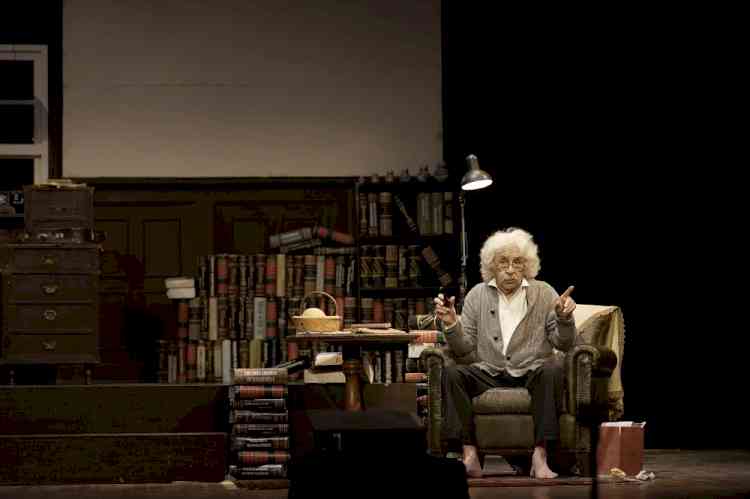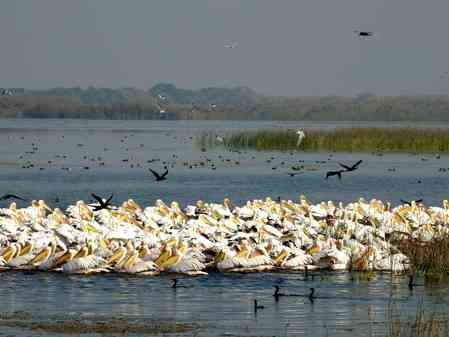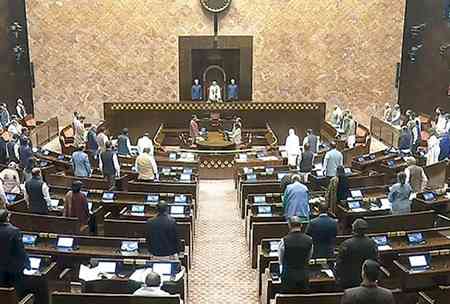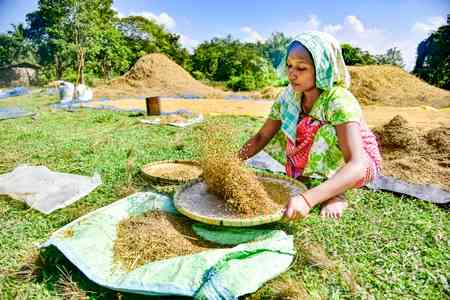NASA suggests rooftop gardens, greenery to turn down heat in cities
Even as the summers have set in, and the scorching heat makes both indoors and outdoors seem similar, climate scientists at NASA have suggested that rooftop gardens and greenery can help ease some of the severe heat in cities.
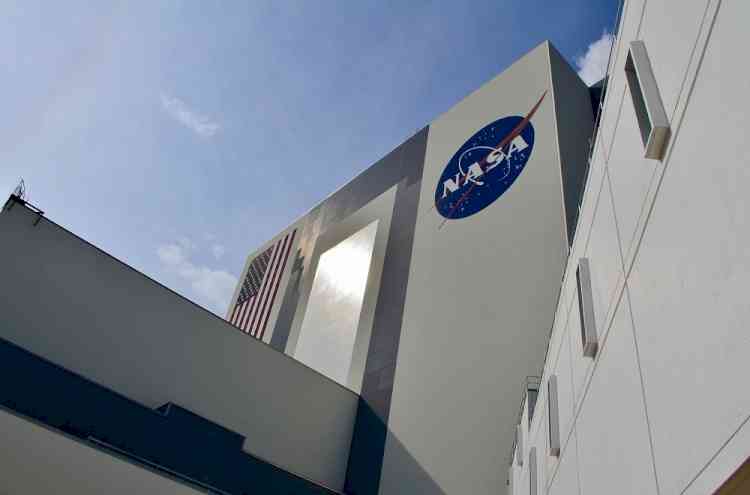
Washington, March 22 (IANS) Even as the summers have set in, and the scorching heat makes both indoors and outdoors seem similar, climate scientists at NASA have suggested that rooftop gardens and greenery can help ease some of the severe heat in cities.
For several decades, researchers have promoted replacing black tar and other dark-coloured roofing materials with bright, Sun-reflecting surfaces or "green roofs" full of plant cover. Now they have used freely available satellite data to measure how effective these changes are.
Heat is often intensified or amplified in cities, a phenomenon known as the urban heat island effect. Asphalt, concrete, and similar materials absorb and retain significantly more heat than vegetation, so temperatures in urban areas are often 10 degrees Fahrenheit hotter than surrounding suburbs or rural regions.
In neighbourhoods with fewer trees and green spaces, this heat often disproportionately affects older adults, low-income communities and some communities of colour.
Green roofs are designed to harness the cooling power of plants to lower the temperature in city spaces. The greenery may be extensive (shallow soil, low-maintenance plants) or intensive (deeper soil, more diverse plants and trees).
The NASA team at Goddard Institute for Space Studies (GISS) in New York studied three sites in Chicago to see how green roofs affected surface temperatures around those buildings, and whether there was a difference between those sites and others nearby without green roofs.
Two of three green roofs in the study reduced temperatures, but results indicated that effectiveness may depend on location and plant diversity, revealed the results recently published in the journal Sustainable Cities and Society.
"As cities grow and develop, they need to make good decisions about their infrastructure, because these decisions often last for 30 or 50 years or longer," said Christian Braneon, a climate scientist and civil engineer at Columbia University and GISS. "In the context of more frequent heat waves and more extreme heat, it's important to understand how these urban design interventions can be effective."
The benefits of green roofs depend on a variety of factors - from geographic region and plant diversity to rooftop structure and the cooling efficiency of the building itself, the scientists said.
With urban heat island effects expected to intensify as Earth's climate warms, it will become more important to understand these variables, they added.


 IANS
IANS 






